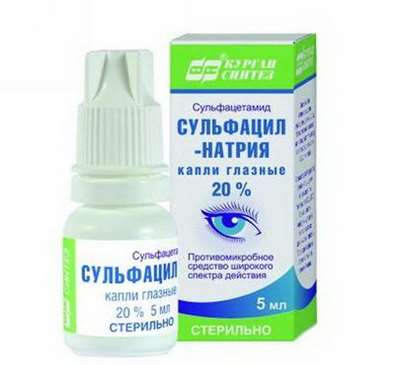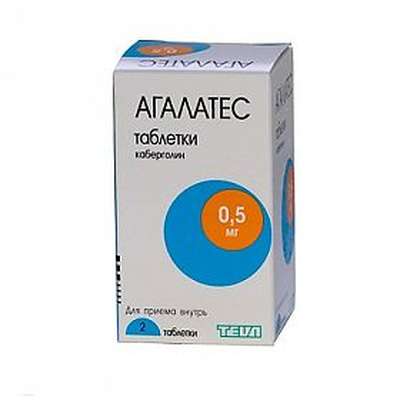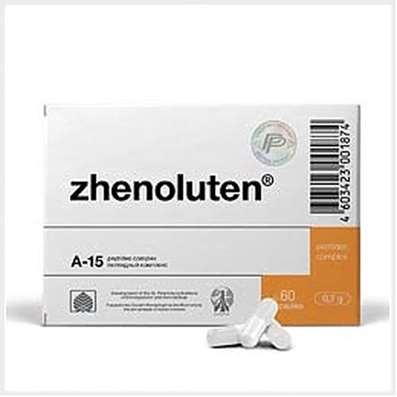Instruction for use: Remeron
I want this, give me price
Dosage form: coated tablets
Active substance: Mirtazapine*
ATX
N06AX11 Mirtazapin
Pharmacological groups:
Antidepressant
The nosological classification (ICD-10)
F31.3 Bipolar affective disorder, current episode of mild or moderate depression
F32 Depressive episode: Adynamic subdepression; Astheno-adynamic subdepressive states; Asthenoadressive disorder; Astheno-depressive disorder; Asthenodepressive state; Astheno-depressive state; Major Depressive Disorder; Vyaloapatichesky depression with retardation; Double Depression; Depressive pseudodement; Depressive illness; Depressive mood disorder; Depressive disorder; Depressive mood disorder; Depressive state; Depressive disorders; Depressive syndrome; Depressive syndrome larviated; Depressive syndrome in psychoses; Depressed masks; Depression; Depression Depletion; Depression with the phenomena of inhibition within the framework of cyclothymia; Depression is smiling; Involutional depression; Involutionary melancholy; Involutional depression; Manic-depressive disorder; Masked Depression; Melancholic Attack; Neurotic depression; Neurotic depression; Shallow Depression; Organic depression; Organic depressive syndrome; Simple depression; Simple melancholic syndrome; Psychogenic depression; Reactive depression; Reactive depression with moderate psychopathological symptoms; Reactive depressive states; Reactive depression; Recurrent depression; Seasonal depressive syndrome; Severostatic depression; Senile Depression; Symptomatic Depression; Somatogenic depression; Cyclotymic depression; Exogenous depression; Endogenous depression; Endogenous Depressive Conditions; Endogenous Depression; Endogenous depressive syndrome
F33 Recurrent depressive disorder: Major depressive disorder; Secondary depression; Double Depression; Depressive pseudodement; Depressive mood disorder; Depressive disorder; Depressive mood disorder; Depressive state; Depressive syndrome; Depressed masks; Depression; Depression is smiling; Involutional depression; Involutional depression; Masked Depression; Melancholic Attack; Reactive depression; Reactive depression with moderate psychopathological symptoms; Reactive depressive states; Exogenous depression; Endogenous depression; Endogenous Depressive Conditions; Endogenous Depression; Endogenous depressive syndrome
F41.2 Mixed anxiety and depressive disorder: Depression with anxiety-depressive components; Mixed anxiety-depressive conditions; Anxiety Depression; Anxious and depressing mood; Anxiety-depressive state; Anxious-depressive conditions; Anxiety-depressive syndrome; Anxious-Neurotic Conditions
Composition and release form
1 tablet, coated, contains mirtazapine 30 mg; in the blister 10 pcs., in the box 1 or 3 blisters.
Characteristic
Tablets have an oval biconvex form with the label "Organon" on one side and the code on the other. Tablets of red-brown color with code TZ / 5 with a transverse groove.
Pharmachologic effect
Mode of action - antidepressant.
It blocks presynaptic alpha 2-adrenergic receptors in the central nervous system and enhances noradrenergic transmission of nerve impulses. It also enhances serotonergic transmission (in this case, the effect is realized only through 5-HT1 receptors, since 5-HT2 and 5-HT3 receptors are blocked.
Pharmacodynamics
Both spatial enantiomers of mirtazapine participate in the manifestation of antidepressant activity, and the S (+) enantiomer blocks alpha2 and 5-HT2 receptors, and the R (-) enantiomer blocks 5-HT3 receptors.
It blocks H1-receptors, has a sedative effect. In therapeutic doses, it practically has no anticholinergic effect and does not affect the function of the cardiovascular system.
Pharmacokinetics
After oral intake quickly absorbed, bioavailability - about 50%, Cmax in the blood is reached after about 2 hours. Binding to plasma proteins - about 86%. The equilibrium concentration in the blood is established after 3-4 days of constant intake. In the recommended dose range, the pharmacokinetic parameters are linearly dose dependent. Actively metabolized in the liver by demethylation and oxidation followed by conjugation. Demethylmirtazapine is also pharmacologically active, as is the starting material. It is excreted in urine and feces, T1 / 2 is 20-40 h, sometimes - up to 65 h (which allows taking the drug once a day), T1 / 2 in young people is shorter than in the elderly. Clearance may decrease with renal or hepatic insufficiency.
Clinical Pharmacology
Relieves the severity of such symptoms as anhedonia, psychomotor retardation, sleep disturbances (especially in the form of early awakenings), weight loss, loss of interest in life, suicidal tendencies and mood swings. Antidepressant effect is manifested after 1-2 weeks of treatment.
Indications for the Remeron
Depressive states.
Contraindications
Hypersensitivity.
Application in pregnancy and lactation
In pregnancy, use is only possible in case of emergency (safety of use in pregnant women is not investigated). For the duration of treatment, breastfeeding should be discontinued (no data on penetration into breast milk).
Side effects
From the nervous system and sensory organs: drowsiness / inhibition (usually manifested during the first weeks of treatment), rarely - mania, convulsions, tremor, myoclonus.
From the cardiovascular system and blood (blood, gemostaz): rarely - orthostatic hypotension, eosinophilia, granulocytopenia, agranulocytosis, aplastic anemia, thrombocytopenia.
Other: increased appetite and weight gain, rarely - fluid retention and concomitant increase in body weight, increased plasma transaminase activity, skin reactions.
Interaction
Strengthens the sedative effect of benzodiazepines (caution should be exercised when taking concomitantly), the oppressive effect of alcohol on the central nervous system. Incompatible with MAO inhibitors.
Dosing and Administration
Inside (tablets are swallowed without chewing, if necessary, washed down with liquid), preferably at one time, before going to bed; we also admit reception by fractional doses distributed during the day (1 time in the morning and 1 time in the evening). Adults, the initial dose - 15 mg / day with a possible gradual increase to achieve the optimal clinical effect, usually the effective dose is 15-45 mg / day. Recommended doses for the elderly are appropriate for adult doses. Treatment is advisable to continue for 4-6 months until the complete disappearance of clinical symptoms. If there is no improvement within 2-4 weeks of therapy, the dose can be increased, if there is no clinical effect for the next 2-4 weeks, treatment should be discontinued.
Overdose
Symptoms: marked sedation.
Treatment: gastric lavage, symptomatic treatment to maintain the function of vital organs and systems.
Precautionary measures
It should not be prescribed simultaneously with MAO inhibitors and within 2 weeks after their cancellation. It should be borne in mind that the oppression of hematopoiesis (usually in the form of granulocytopenia or agranulocytosis) often manifests itself in 4-6 weeks and usually disappears after discontinuation of treatment. When symptoms such as fever, sore throat, stomatitis and other signs of an infectious disease develop, treatment should be stopped and a clinical blood test performed. When jaundice occurs, treatment should also be discontinued.
They are used with caution in patients with epilepsy and organic brain lesions (convulsive seizures may develop), with hepatic or renal insufficiency, cardiac diseases with conduction disorders, angina pectoris and acute myocardial infarction, arterial hypotension, in patients with urinary disorders, incl. with prostatic hypertrophy, in patients with acute closed-angle glaucoma, patients with diabetes mellitus.
It should be borne in mind that in the process of therapy in patients with schizophrenia may increase the psychotic symptoms. In the treatment of the depressive phase of bipolar affective psychosis, the development of mania is possible.
Abrupt cancellation after prolonged use can lead to nausea, headache and general deterioration of well-being.
During treatment, patients should refrain from drinking alcohol. During treatment it is necessary to use reliable methods of contraception.
In the process of treatment, it is necessary to avoid performing potentially dangerous actions requiring high speed of psychomotor reactions, for example, driving a car and controlling mechanisms (it can disrupt concentration and wakefulness).
Storage conditions for Remeron
In dry, the dark place at a temperature of 2-30 ° C.
Keep out of the reach of children.
Shelf life of Remeron
3 years.
Do not use after the expiry date printed on the package.

 Cart
Cart





